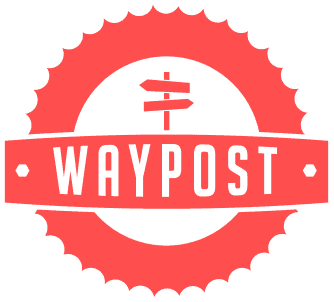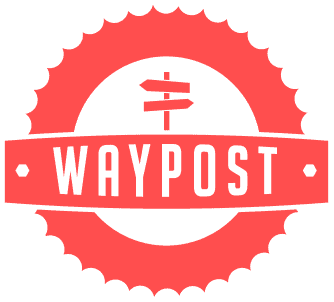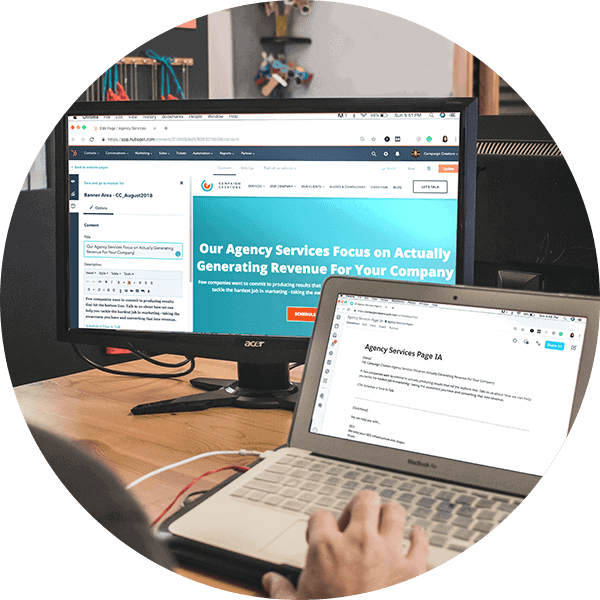We’ve spent a lot of time the past two years focusing on the marketing side of inbound — specifically, implementing strategies to attract visitors that convert into leads. We’ve been pretty successful, but it hasn’t always impacted the bottom line for companies the way we think it should.
One of the primary reasons is the lack of a clear alignment between marketing and sales teams.
In today’s marketplace, buyers complete more than 70% of the buying decision before sales ever sees them. If you’ve been doing a good job at inbound marketing, then your prospects already have a ton of information about your company before ever speaking to a salesperson.

If sales and marketing are not aligned, then it is likely that one of two things is occurring:
- Leads are not followed up on because they are either not being nurtured by marketing, or sales doesn’t have time to figure out which leads are good. It’s a legitimate concern, but it’s not an acceptable situation.
- Sales sends mixed messages to a prospect during the initial contact because they don’t understand the marketing messaging.
If the messages coming from marketing and sales teams are different, then you run the risk of creating concern in the mind of the prospect. It’s only natural for a prospect to pause and wonder why he is hearing different things from the same company. As we all know, “time kills deals.” Marketing and Sales have to be closely aligned in order to eliminate this situation.
One way to get Sales and Marketing teams working together is to implement a sales enablement strategy.
Sales Enablement Strategy
According to Hubspot, “Sales enablement is the technology, processes, and content that empower sales teams to sell efficiently at a higher velocity.” It’s really about bringing Sales and Marketing together to keep up with today’s empowered buyer.
The first place to start is to develop your sales enablement strategy, which should consist of the following three key elements.
Define Clear Goals
Too often, marketing has goals centered around content creation and lead generation activities with no accountability for revenue.
Their traditional job is to deliver the leads to sales and let them handle the rest. This is inefficient and likely to end up with great leads left without nurturing as they fall through the cracks. Marketing exists as a means to increase revenue. I don’t care how many campaigns you’re running or leads you’re generating; if it’s not helping sales, it’s not getting the right kind of results.
Marketing and Sales teams should have clearly defined revenue goals. For some companies, it may be sufficient to have a single, shared revenue goal while others may have goals broken down by division or product line.
The point is to have a common goal for marketing and sales that everyone is working towards.
Define the Target Buyer
Who doesn’t want to increase sales by maximizing the time salespeople spend with people that are more likely to buy, i.e. qualified leads, and minimizing their time with the others? In order to do this, you need to implement the processes, content, and technology that will help them do that.
Some of the ways you do this are:
- Utilize marketing automation to continue to nurture leads through the sales funnel until they are ready to speak to a sales person.
- Only hand-off sales qualified leads (SQL’s) to the sales team. Utilize lead scoring as a means to identify these leads.
Develop a Content Strategy
The common perception is that marketing teams are the only people producing content.
Marketing teams do produce content, but so do salespeople (whether you realize it or not). I’m sure you know of salespeople that take time to produce personalized content to assist them in the final stages of a deal.
Some good examples are case studies, pricing comparions, or a competitive analysis. These are all great forms of content, so why not create a resource library with professional content for all salespeople to pull from?
In addition, salespeople can be a great resource for ideas on new content offerings that will further enable the sales process. They are the direct line of contact with prospects, and already have a head full of content based on responses to questions they regularly receive.
It’s time to tap that resource if you’re not already doing so.
Sales enablement is really about bringing Sales and Marketing together to keep up with today’s empowered buyer. When done correctly, sales enablement can empower sales teams to accomplish things that would otherwise be impossible.











